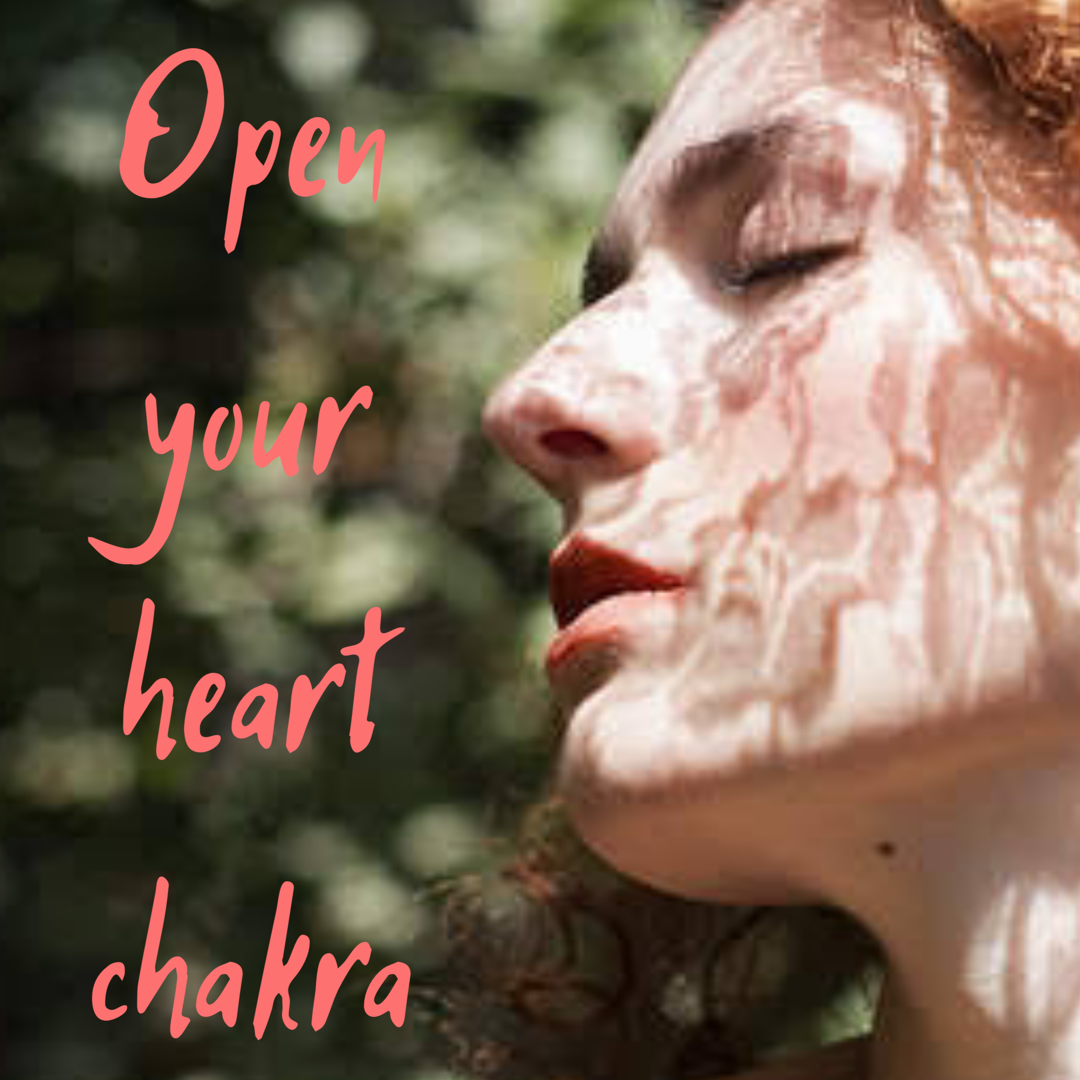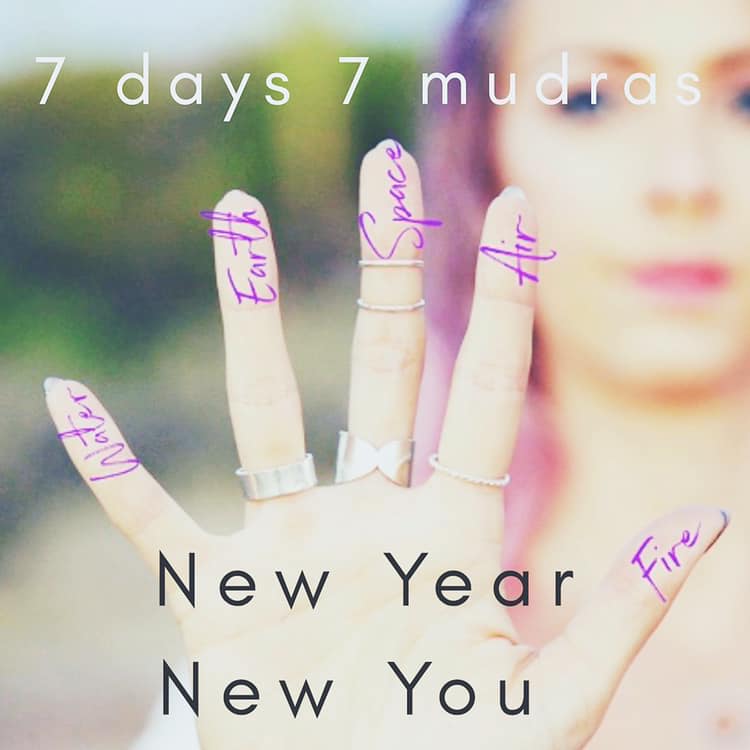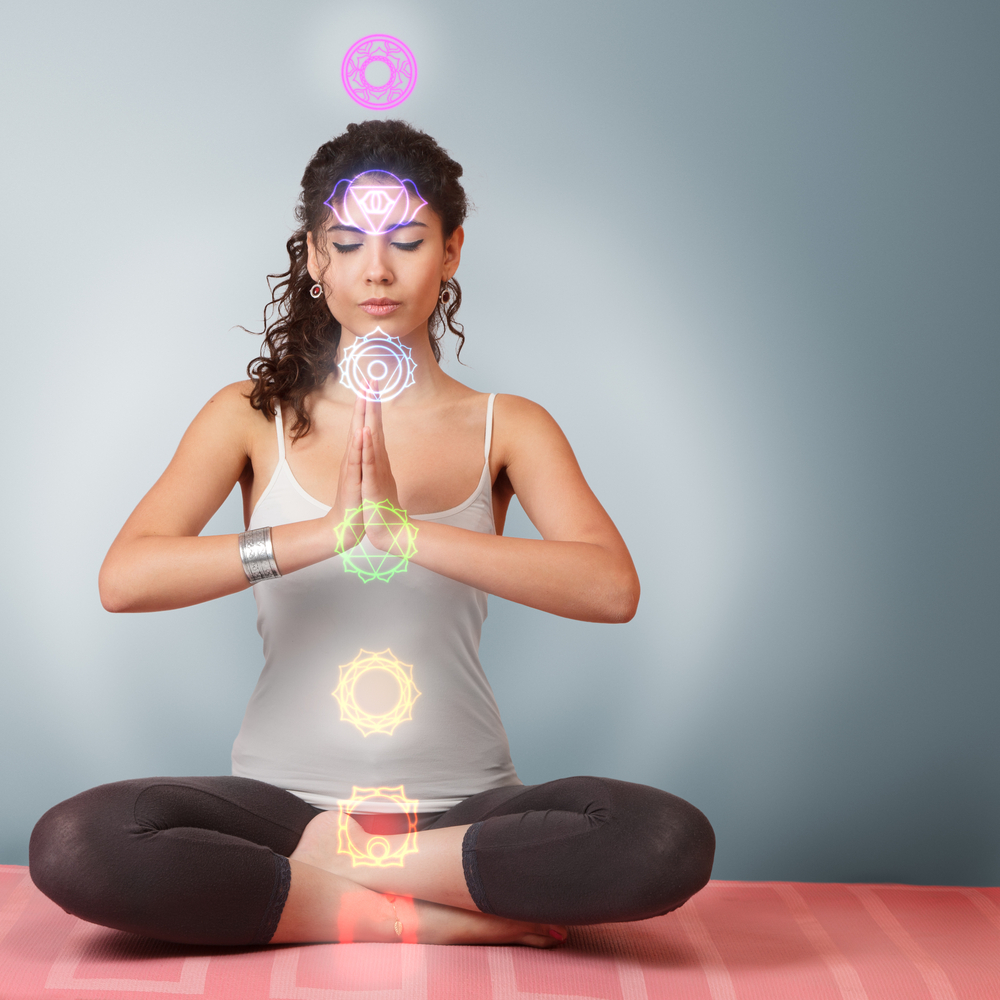 The solar plexus chakra is known as Manipura in Sanskrit, which means lustrous gem. This truly is the shining jewel of your vital life force energy.
The solar plexus chakra is known as Manipura in Sanskrit, which means lustrous gem. This truly is the shining jewel of your vital life force energy.
Manipura regulates our pranic – or life force – energy throughout our body, controlling our energy balance, vitality and strength. It governs our digestive fires and heat regulation in the body.
The solar plexus chakra is the seat of our personal power and will. Energetically, it is the fire that fuels our metabolism, and when activated it increases our energy, drive, and sense of purpose.
And really, who couldn’t use some of that?
The seed mantra for Solar Plexus Chakra is RAM. Its element is Fire. Manipura is considered the centre of dynamism, energy, willpower, and achievement (iccha shakti), which radiates prana throughout the entire body. It is also associated with the sense of sight and the action of movement.
Through meditating on Manipura, we can turn on this inner power and release this optimal flow of prana.
Scientists have begun to call the solar plexus and gut area the ‘second brain’ of the body. Serotonin, the neurotransmitter that is linked to depression, is largely found in the intestinal tract.
As my teacher Anandji says “Weak gut, foggy mind.” Our metabolism, digestion, growth, and healing all take place in the network of nerve plexus below the waist.
This ‘second brain’ is the place change and transformation is created.
In the ancient yogic texts, it states that “all yoga starts in the Navel Point”. The navel is an important centre of energy transformation in the body.
A strong navel brings many blessings including better circulation throughout the body, an overall feeling of well-being, more courage, and a deeper ability to meditate and transform on energetic levels.
A weak navel reflects a fatigued body, anxious mind, and restless spirit.
In Sattva Yoga we awaken the intelligence of your navel point through various simple yet sophisticated yogic techniques.
Navel activating kriyas and breath work have traditionally been used as a way to stoke the digestive fire, clean unnecessary fat from the belly, improve organ functioning, and balance the solar plexus chakra, manipura.
Ultimately this practice can bring you lots of powerful energy which can be used for very real transformation.
Let’s begin with a breathing exercise or pranayama called the Breath of Fire. This exercise will really tune you into your inner power source and get your solar plexus chakra pumping.
Place your hands on your belly. As you breathe in through your nose, your lungs fill with air and your belly pushes out.
Feel your belly pushing into your hands. As you exhale through your nose, empty your lungs and flatten your belly. At the end of your exhalation, gently pull your navel towards your spine.
Then, breathe in gently through your nose, feeling your belly expand. Exhale through your nose as you press your navel towards your spine, gently using your abdominal muscles.
Begin to do this quickly, almost like a dog panting, only through your nose. Feel your belly bounce. Do this rapid breath about 30 times, making sure that you breathe in and out of your nose each time. If you feel comfortable with this breathing, you can repeat the 30 breaths up to 4 times.
Fire breathing is a powerful way of cleansing and energising your solar plexus and your whole energetic field.
Now let’s centre ourselves for the mantra meditation. Play the video.
Begin by grounding yourself, either sitting on the floor or on a chair and feel your spine or your feet rooted to the earth.
Feel the crown of your head connected to the energy of the divine or the source.
Imagine the line of energy that extends from your crown to your root chakra, and then bring your awareness to a point on this line around your belly and diaphragm.
Now repeat the mantra RAM as you keep your attention on your solar plexus chakra. Manipura.
(Note: this video goes for about an hour so you may want to set a timer for a shorter period of time, say 5-10 minutes)
When you have finished. Again draw your awareness back to your root chakra and your connection to the earth.
Sit quietly for a moment before going about your day. Be aware of your energy, power and inner fire throughout the day.
Let your entire day become a chakra meditation.
Hari om tat sat. Namaste. Blessings.
ॐ
Try Sattva Yoga – Solar Plexus Chakra Flow on Friday 22 March






















